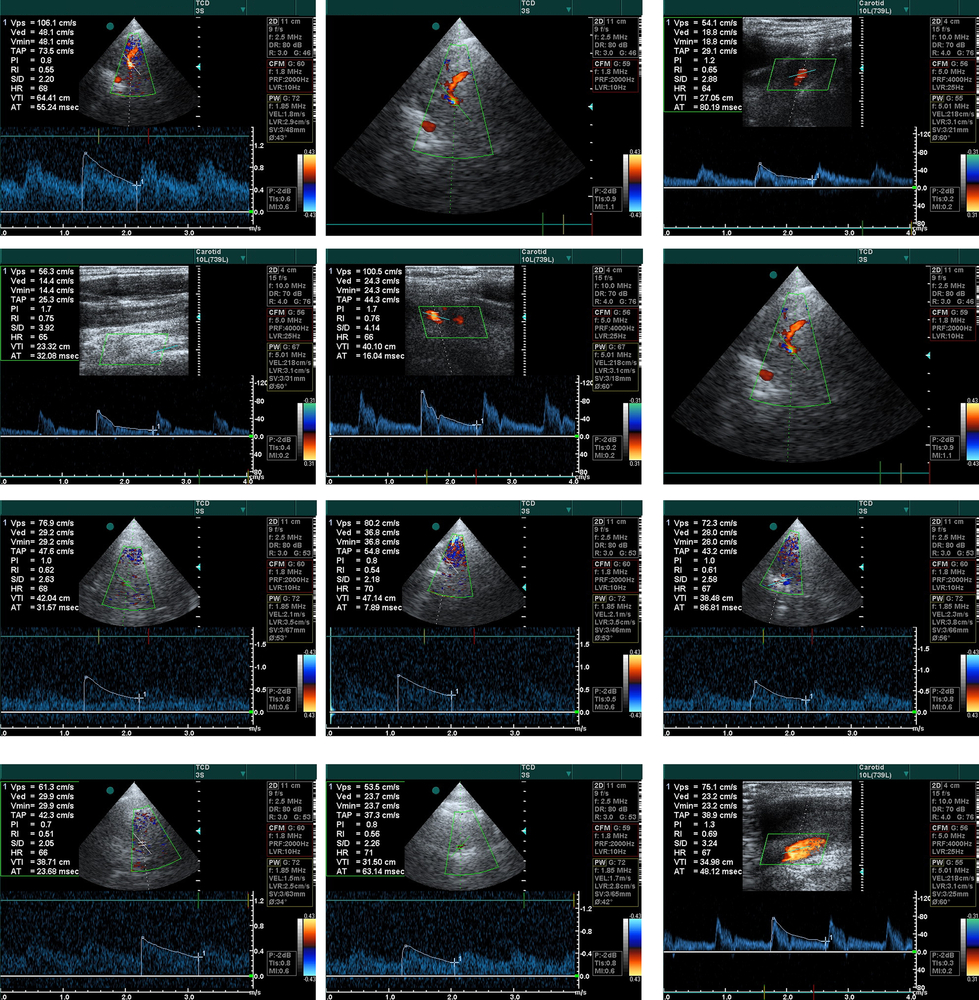Thoracic Ultrasound Identifies Early Signs of Pulmonary Fibrosis in Systemic Sclerosis
Written by |

In a new study entitled “Ultrasound signs of pulmonary fibrosis in systemic sclerosis as timely indicators for chest computed tomography,” authors show thoracic ultrasound allows clinical staff to identify early signs of pulmonary fibrosis in systemic sclerosis patients who fail to exhibit symptoms. The study was published in the Scandinavian Journal of Rheumatology.
Systemic sclerosis (SSc) is an autoimmune disease (meaning that the body’s immune system is hyper reactive and attacks its own tissue) characterized by scarring in the skin, joints, and internal organs due to an abnormal accumulation of collagen, the main component of connective tissue. In SSc patients, pulmonary fibrosis is common and is a leading cause of disease-related morbidity and mortality in these patients. However, SSc patients in the early stages of pulmonary fibrosis exhibit few or no symptoms in the regular pulmonary function tests and chest X-ray (CXR).
A technique called high-resolution computed tomography (HRCT), which is based on a scanning protocol in which thin sections are acquired and the full images are subsequently reconstructed with a computer algorithm, has been considered an efficient technique to detect abnormalities in lungs, and early signs of pulmonary fibrosis. However, a different technique — thoracic ultrasound (TUS) — is a common and easy-to-use imaging technique used to detect abnormalities in the pleural cavity, the fluid-filled space that surrounds the lungs.
In this new study, authors compared the results obtained with TUS and HRCT in SSc patients and assessed whether the thickness of the pleural line (in healthy subjects, < 3.0 mm) determined by TUS could pinpoint those SSc patients with asymptomatic PF for further follow-up by HRCT. To this end, 175 SSc patients were evaluated for pulmonary fibrosis with CXR, TUS, HRCT, echocardiography, and pulmonary function tests.
They found diffuse SSc patients exhibited pleural line thickening (3.0 to 5 mm) together with sub pleural nodules. The team also observed a significant proportion of patients with pleural line thickening (≥ 5.0 mm) with nodules that were in agreement a phenotype lung fibrosis (by HTRC).
The team suggests that based in their findings, TSU is an efficient imaging technique capable of detecting pleural and sub pleural alterations in agreement with early signs of pulmonary fibrosis in patients who failed to develop symptoms. This allows clinicians to exclude pulmonary fibrosis in SSc patients, while positive TSU patients can be directed to HRCT and appropriate treatments.






